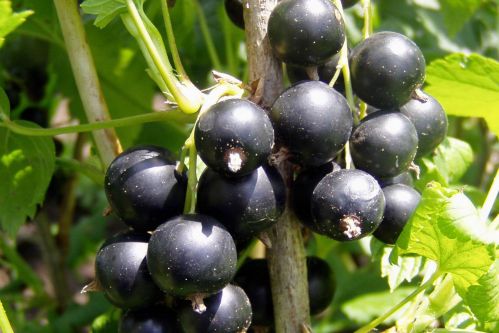Resources
Why Currants?
Currants are berries that are grown on what we call 'Sprigs'. The currant bushes are fairly easy to grow and are very hardy. They can grow in full sun and partial shade, which makes them great for planting on the northside of your fruit trees. I should point out that if I draw up a plan, I will put gooseberries on the northside of the fruit trees and currants on the southwest side. Why? Currants happen to do excellent work on the southwest side of fruit trees because they can break up the persistent wintertime sun that can do harm to the trunks of the trees. What a WIN!
Red currants and black, white, and pink all have qualities that excel far as health benefits are concerned. I am getting a bit out of my expertise here, so I will not talk about that too much. None-the-less though, they are some of the healthiest berries available to us. Which could be a good reason to have them.
Black and red currants are by far the most popular. The 'sprigs' can quite often be stripped with a fork provided the prongs are spaced out correctly and the currants are ready to be pulled. I have two cultivars of black currant that are from Germany and I have gotten the names mixed up. Oh well, I will get over it.
You can get berries after the first year of planting most often. Of course, conditions are to be considered. I recommend spacing out currants four feet apart, three doesn't seem to work well and that IS the consensus.
Most cultivars are self-fruitful meaning that one kind is A-OK if you are wondering about pollination; however, more production could be had with more plants.
Treat these like blueberries in the sense that you really should prune out the weakest branches every single year. You will end up with a much better plant.

